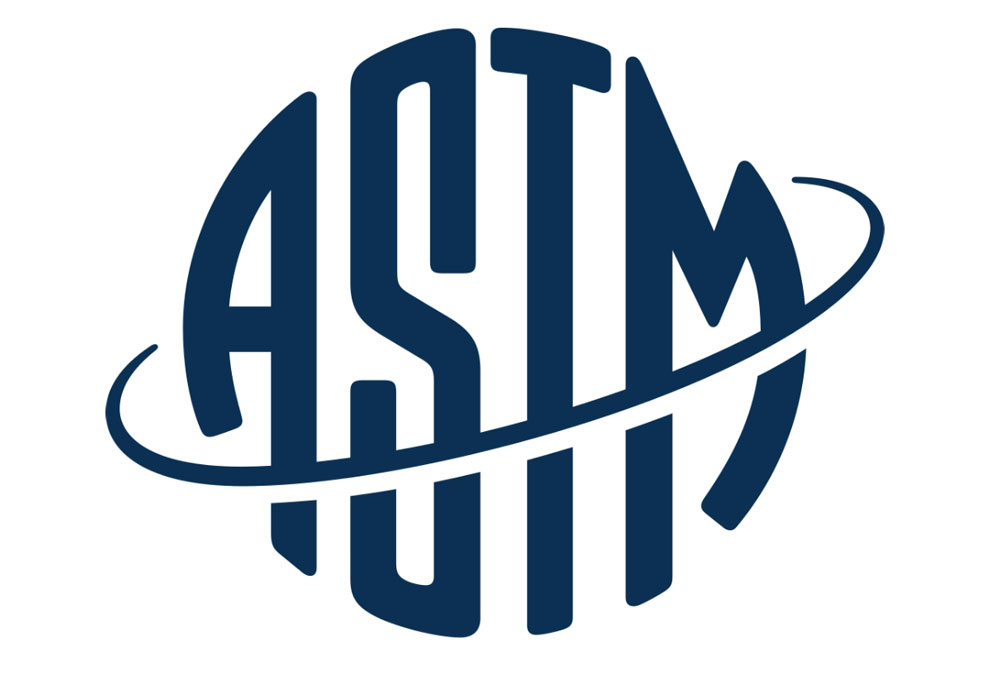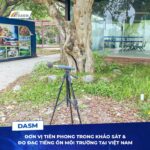Significance and Use
5.1 Specimens tested using this standard, for example, duct silencers, are used to control sound propagation through ventilation ducts. The results gathered from testing specimens to this standard can be used to estimate the reduction in fan sound levels in ducted airflow systems caused by including a sound attenuating device in the system. The device can be a component in a source-path-receiver analysis where calculations are performed to determine the resultant sound level in an occupied space. Correct selection of a sound attenuating device can enable a designer to achieve in-space background noise criteria.
5.2 The insertion loss of a silencer varies with frequency and with the direction and speed of airflow. Because silencers partially obstruct the air path and provide resistance to airflow, two other effects must be quantified: pressure drop and airflow-generated noise. Both increase with increasing air speeds; thus data are required for several airflows to correctly characterize performance.
5.3 The aerodynamic results from testing specimens to the standard can be used as information for the system design engineer to determine the amount of static pressure drop resistance to be overcome by the system fan(s). Guidelines for appropriate maximum allowable pressure drop for a sound attenuating element have been established in the design community and are based on the procedures described herein.
5.4 As stated previously in 1.4 of this test method, the actual performance of a sound attenuating device as installed in an air duct system may be significantly different than reported based on the test procedure herein. This standard does not provide guidance to the user on these system effects.
5.5 Silencers are often designed to be used under conditions which do not duplicate the test set-ups of this standard. Mock-ups and specialized test set-ups to determine performance of sound attenuating devices in non-standard configurations may be based on this test method but cannot be considered to be in full conformance with this test method. See Annex A2 for further information regarding such tests.
Scope
1.1 This test method covers the laboratory testing of some of the acoustical properties of sound attenuating devices including duct liner materials, integral ducts, and in-duct absorptive straight and elbow silencers used in the ventilation systems of buildings. Procedures are described for the measurement of acoustical insertion loss, airflow generated noise, and pressure drop as a function of airflow.
1.2 Excluded from the scope are reactive mufflers and those designed for uses other than in ventilation systems, such as automobile mufflers.
1.3 This test method includes a provision for a simulated semi-reflective plenum to fit around thin-walled duct and silencer test specimens, since the acoustical environments around such thin-walled specimens can affect the measured insertion loss.
1.4 This method tests the performance of the specimen in well-defined and controlled conditions. If the specimen is installed in the field in any different manner, the results may be different. This standard does not provide estimating procedures for determining the actual installed performance of the specimen under field conditions.
1.5 The values stated in SI units are to be regarded as standard. The values in parentheses are provided for information only.
1.6 This standard does not purport to address all of the safety concerns, if any, associated with its use. It is the responsibility of the user of this standard to establish appropriate safety and health practices and determine the applicability of regulatory limitations prior to use.








